 Jun. 12, 2023
Jun. 12, 2023
Xufeng metal parts custom processing can produce metal parts that meet customer requirements through a series of processes such as design and processing according to customer needs. Different from traditional manufacturing methods, custom-processed metal parts have the characteristics of individualization and customization, which can meet the needs of different customers. At the same time, the production cycle of customized processed metal parts is short and the production efficiency is high, which can greatly improve production efficiency and product quality.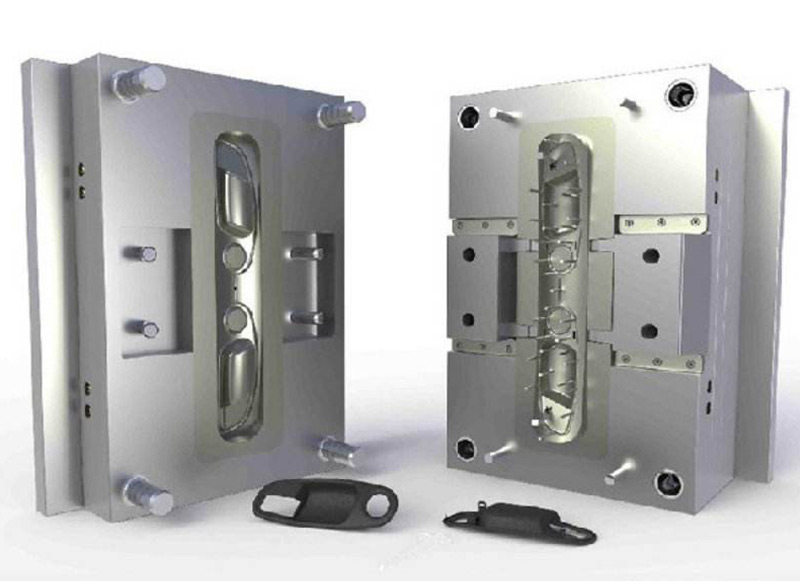
The main application field of the custom machined metal parts
Custom machined metal parts are used in a wide variety of industries and applications. They are used in the automotive, aerospace, medical, and industrial sectors, as well as in consumer products. Custom machined metal parts are used for a variety of purposes, including structural components, engine components, and precision parts. They are also used in the production of tools, dies, and fixtures. Custom machined metal parts are also used in the production of medical implants and prosthetics.
What is a custom machined metal parts?
Custom machined metal parts are components that are manufactured to exact specifications using a variety of machining processes. These parts are typically made from aluminum, steel, brass, or other metals and can be used in a variety of applications. The machining process involves cutting, drilling, grinding, and other operations to shape the metal into the desired shape. The parts can be made to any size and shape, and can be customized with various finishes, coatings, and other features. Custom machined metal parts are used in a variety of industries, including automotive, aerospace, medical, and industrial.
Why do we need custom machined metal parts?
Custom machined metal parts are needed for a variety of reasons. They can be used to create components for machines, tools, and other products that require precision and accuracy. Custom machined metal parts can also be used to replace worn or broken parts, or to create parts that are not available off the shelf. Custom machined metal parts can also be used to create unique designs and shapes that are not available with standard parts.
Inventor of the custom machined metal parts
The inventor of custom machined metal parts is unknown. However, the process of machining metal parts has been around for centuries. Machining is a process of cutting and shaping metal into a desired shape or size. It is used in a variety of industries, including automotive, aerospace, medical, and industrial.
History of custom machined metal parts development
The development of custom machined metal parts dates back to the early 19th century when the Industrial Revolution began. During this period, the use of machines to produce parts was becoming increasingly popular. This allowed for the production of parts with greater precision and accuracy than ever before. As technology advanced, so did the capabilities of custom machined metal parts. By the mid-20th century, the use of CNC (Computer Numerical Control) machines had become commonplace, allowing for even greater precision and accuracy in the production of custom machined metal parts. Today, custom machined metal parts are used in a variety of industries, from aerospace to automotive, and are essential components in many products.
The development trend of the custom machined metal parts industry
The custom machined metal parts industry is expected to experience significant growth in the coming years. This is due to the increasing demand for precision parts in a variety of industries, such as aerospace, automotive, medical, and industrial. As technology advances, the need for custom machined metal parts is expected to increase.
The industry is also expected to benefit from the increasing use of 3D printing technology. 3D printing allows for the production of complex parts with greater accuracy and precision than traditional machining methods. This technology is expected to reduce production costs and lead times, making custom machined metal parts more accessible and cost-effective.
In addition, the industry is expected to benefit from the increasing use of automation and robotics. Automation and robotics can reduce labor costs and improve the accuracy and precision of machined parts. This technology is expected to become more widely used in the custom machined metal parts industry in the coming years.
Finally, the industry is expected to benefit from the increasing demand for lightweight parts. Lightweight parts are becoming increasingly important in a variety of industries, such as aerospace and automotive. As a result, the demand for custom machined metal parts is expected to increase.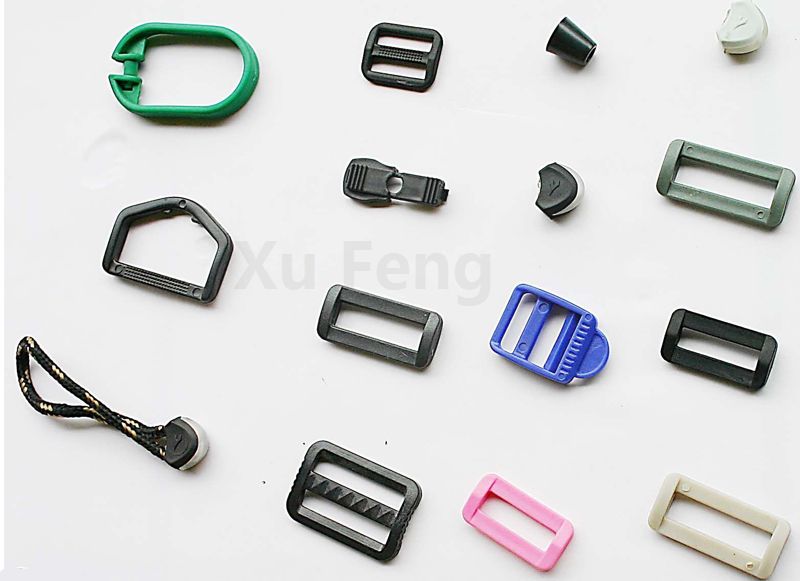
When did humans start using custom machined metal parts?
The use of custom machined metal parts dates back to the Industrial Revolution in the late 18th century.
What material is suitable for custom machined metal parts
The most common materials used for custom machined metal parts are aluminum, stainless steel, brass, and bronze. Other materials that can be used include titanium, copper, and carbon steel. Depending on the application, other materials such as plastics, composites, and alloys may also be used.
What are the classifications of custom machined metal parts?
1. CNC Machined Parts: These are parts that are machined using computer numerical control (CNC) machines. CNC machining is a process that uses computer-controlled cutting tools to shape a variety of materials into custom parts.
2. Sheet Metal Parts: These are parts that are cut from sheet metal using a variety of cutting tools. Sheet metal parts can be used for a variety of applications, including enclosures, brackets, and other structural components.
3. Forged Parts: These are parts that are created by hammering or pressing metal into a desired shape. Forging is a process that is used to create strong, durable parts that can withstand high levels of stress.
4. Cast Parts: These are parts that are created by pouring molten metal into a mold. The metal is then allowed to cool and harden into the desired shape. Cast parts are often used for complex shapes that cannot be created using other machining processes.
5. Machined Fasteners: These are parts that are machined to exact specifications and used to join two or more components together. Fasteners can be made from a variety of materials, including steel, aluminum, and brass.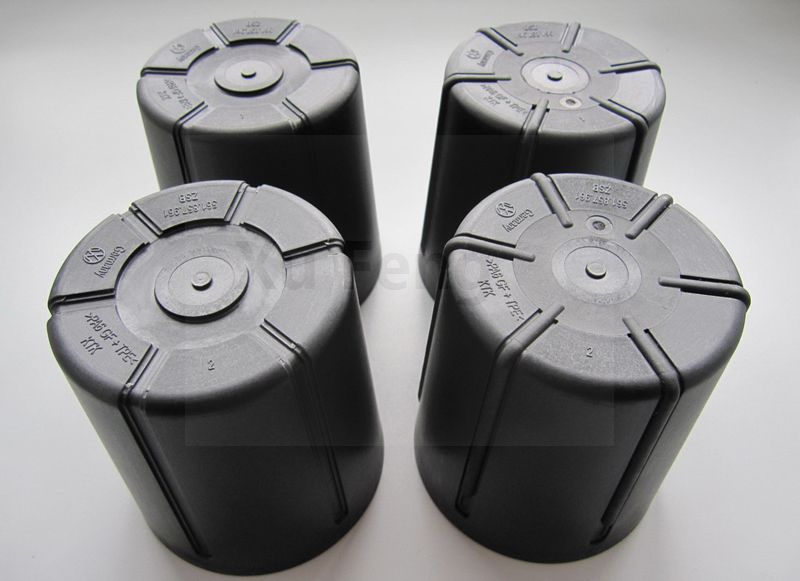
How to choose the custom machined metal parts manufacturer with the best quality?
1. Research the company's reputation: Check online reviews and customer feedback to get an idea of the company's reputation.
2. Ask for references: Ask the company for references from previous customers.
3. Check the company's certifications: Make sure the company is certified by the relevant industry bodies.
4. Ask for a sample: Ask the company for a sample of their work to get an idea of the quality of their work.
5. Compare prices: Compare the prices of different companies to get the best deal.
6. Check the turnaround time: Make sure the company can meet your deadlines.
7. Ask about the materials used: Make sure the company uses high-quality materials for their parts.
How can custom machined metal parts manufacturers improve production quality?
1. Invest in high-quality materials: Investing in high-quality materials is essential for custom machined metal parts manufacturers to ensure the production of quality parts.
2. Utilize advanced technology: Utilizing advanced technology such as CNC machining, 3D printing, and laser cutting can help custom machined metal parts manufacturers produce parts with greater accuracy and precision.
3. Implement quality control measures: Implementing quality control measures such as inspections, testing, and documentation can help custom machined metal parts manufacturers ensure that their parts meet the required specifications.
4. Invest in training: Investing in training for employees can help custom machined metal parts manufacturers ensure that their employees are knowledgeable and skilled in the production of quality parts.
5. Utilize feedback: Utilizing feedback from customers can help custom machined metal parts manufacturers identify areas for improvement and ensure that they are producing parts that meet customer expectations.
What are the specific requirements of custom machined metal parts manufacturer?
1. Ability to produce parts to exact specifications and tolerances.
2. Ability to work with a variety of metals, including aluminum, steel, brass, and stainless steel.
3. Ability to work with a variety of finishes, including anodizing, plating, and powder coating.
4. Ability to provide prototypes and samples for customer approval.
5. Ability to provide quality assurance and testing services.
6. Ability to provide on-time delivery and competitive pricing.
7. Ability to provide engineering and design services.
8. Ability to provide CAD/CAM services.
9. Ability to provide machining services, including CNC machining, EDM, and grinding.
10. Ability to provide assembly services.
What products can custom machined metal parts manufacturers produce?
Custom machined metal parts manufacturers can produce a wide variety of products, including:
• CNC machined parts
• Sheet metal parts
• Metal stampings
• Metal castings
• Metal forgings
• Metal extrusions
• Metal fabrications
• Metal assemblies
• Metal fasteners
• Metal springs
• Metal brackets
• Metal housings
• Metal enclosures
• Metal fittings
• Metal valves
• Metal gears
• Metal sprockets
• Metal shafts
• Metal pins
• Metal bushings
• Metal bearings
• Metal clamps
• Metal clips
• Metal connectors
• Metal nuts and bolts
• Metal washers
• Metal screws
• Metal rivets
• Metal gaskets
• Metal tubing
• Metal plates
• Metal rods
• Metal wires
• Metal sheets
• Metal strips
• Metal discs
• Metal rings
• Metal flanges
• Metal fittings
• Metal hinges
• Metal locks
• Metal latches
• Metal handles
• Metal knobs
• Metal clips
• Metal clamps
• Metal brackets
• Metal fasteners
• Metal springs
• Metal spacers
• Metal standoffs
• Metal pins
• Metal rivets
• Metal nuts and bolts
• Metal washers
• Metal screws
• Metal anchors
• Metal grommets
• Metal eyelets
• Metal clips
• Metal clamps
• Metal connectors
• Metal terminals
• Metal pins
• Metal rivets
• Metal nuts and bolts
• Metal washers
• Metal screws
• Metal anchors
• Metal grommets
• Metal eyelets
• Metal clips
• Metal clamps
• Metal connectors
• Metal terminals
• Metal pins
• Metal rivets
• Metal nuts and bolts
• Metal washers
• Metal screws
• Metal anchors
• Metal grommets
• Metal eyelets
• Metal clips
• Metal clamps
• Metal connectors
• Metal terminals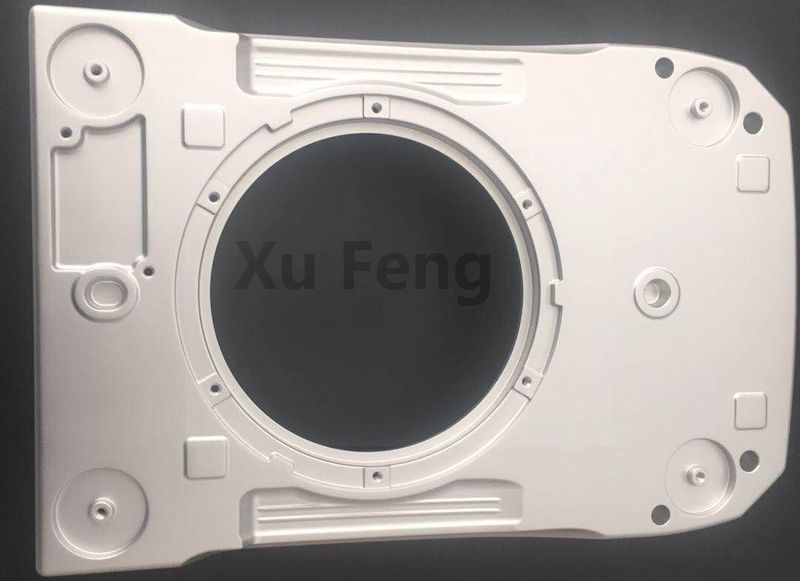
What production equipment do custom machined metal parts manufacturer need?
Custom machined metal parts manufacturers typically need a variety of production equipment, including CNC machining centers, lathes, mills, grinders, saws, and other metalworking tools. They may also need additional equipment such as welding machines, presses, and other specialized tools.
Analysis on the layout of custom machined metal parts manufacturer in China's industrial chain
China's industrial chain for custom machined metal parts manufacturers is highly fragmented, with many small and medium-sized enterprises (SMEs) scattered throughout the country. The majority of these SMEs are located in the Pearl River Delta region, which is home to the largest concentration of custom machined metal parts manufacturers in China.
The industrial chain for custom machined metal parts manufacturers in China is composed of several key players. At the top of the chain are the large-scale manufacturers, which are typically state-owned enterprises (SOEs) or joint ventures (JVs). These large-scale manufacturers are responsible for the bulk of the production of custom machined metal parts in China.
Below the large-scale manufacturers are the medium-sized and small-scale manufacturers. These manufacturers are typically privately owned and specialize in producing custom machined metal parts for specific applications. They are often located in the same region as the large-scale manufacturers, but may also be located in other parts of the country.
At the bottom of the chain are the suppliers of raw materials and components. These suppliers provide the raw materials and components needed for the production of custom machined metal parts. They are typically located in the same region as the manufacturers, but may also be located in other parts of the country.
The industrial chain for custom machined metal parts manufacturers in China is highly competitive. The large-scale manufacturers are typically well-established and have access to the latest technology and resources. The medium-sized and small-scale manufacturers are typically more agile and can respond quickly to changing market conditions. The suppliers of raw materials and components are typically smaller and more specialized, but are essential to the production of custom machined metal parts.
What is the maintenance content of the custom machined metal parts manufacturer's production equipment?
1. Regularly check the lubrication of the equipment and add lubricating oil in time.
2. Regularly check the wear of the parts and replace them in time.
3. Regularly check the tightness of the screws and adjust them in time.
4. Regularly check the temperature of the equipment and adjust it in time.
5. Regularly check the electrical components and replace them in time.
6. Regularly clean the equipment and keep it clean.
7. Regularly check the operation of the equipment and adjust it in time.
8. Regularly check the safety of the equipment and take measures to ensure safety.
custom machined metal parts manufacturer produce equipment, how to improve equipment management efficiency
1. Establish a comprehensive equipment management system: Establish a comprehensive equipment management system to ensure that all equipment is properly managed and maintained.
2. Implement preventive maintenance: Implement preventive maintenance to reduce the risk of equipment failure and extend the life of the equipment.
3. Utilize technology: Utilize technology such as computerized maintenance management systems (CMMS) to track and manage equipment more efficiently.
4. Train personnel: Train personnel on proper equipment use and maintenance to ensure that the equipment is used and maintained correctly.
5. Monitor performance: Monitor the performance of the equipment to identify any potential problems and address them quickly.
6. Establish a maintenance schedule: Establish a maintenance schedule to ensure that all equipment is regularly inspected and serviced.
7. Utilize data: Utilize data from the equipment to identify areas of improvement and develop strategies to improve efficiency.
Production scale and production capacity of custom machined metal parts manufacturer
The production scale and capacity of a custom machined metal parts manufacturer will depend on the size and complexity of the parts being produced. Generally, the larger and more complex the parts, the larger the production scale and capacity will need to be. The production scale and capacity will also depend on the type of machinery and equipment being used, as well as the number of employees and the amount of space available.
Advantages and development direction of custom machined metal parts manufacturers
1. Advantages of custom machined metal parts manufacturers
(1) Custom machined metal parts manufacturers have strong technical strength and advanced production equipment, which can provide customers with high-quality products.
(2) Custom machined metal parts manufacturers have a complete set of production processes, which can provide customers with one-stop services such as product design, production, processing and assembly.
(3) Custom machined metal parts manufacturers have a professional team of technicians, which can provide customers with professional technical support and after-sales service.
2. Development direction of custom machined metal parts manufacturers
(1) Strengthen the research and development of new products, and continuously improve the product quality and performance.
(2) Strengthen the construction of the production system, improve the production efficiency, and reduce the production cost.
(3) Strengthen the construction of the after-sales service system, and provide customers with more comprehensive and professional services.
Analysis of R&D capabilities of global custom machined metal parts manufacturer
Custom machined metal parts manufacturers are increasingly relying on research and development (R&D) capabilities to remain competitive in the global market. R&D capabilities are essential for custom machined metal parts manufacturers to stay ahead of the competition and to develop new products and services that meet customer needs.
The first step in analyzing the R&D capabilities of a global custom machined metal parts manufacturer is to assess the company’s current R&D capabilities. This includes evaluating the company’s current research and development infrastructure, personnel, and processes. It is important to understand the company’s current capabilities in order to identify areas for improvement and to develop a plan for future R&D investments.
The next step is to analyze the company’s competitive landscape. This includes assessing the capabilities of competitors and understanding the competitive advantages and disadvantages of each. This analysis should also include an assessment of the company’s current market position and the potential for growth.
Finally, the company should assess its current R&D capabilities in terms of its ability to develop new products and services. This includes evaluating the company’s current technology, processes, and personnel. It is important to understand the company’s current capabilities in order to identify areas for improvement and to develop a plan for future R&D investments.
By assessing the company’s current R&D capabilities, analyzing the competitive landscape, and evaluating the company’s ability to develop new products and services, a global custom machined metal parts manufacturer can gain a better understanding of its R&D capabilities and develop a plan for future investments. This will help the company remain competitive in the global market and ensure that it is able to meet customer needs.
Matters needing attention in the development of raw material supply chain for custom machined metal parts manufacturer
1. Establish a reliable supplier network: It is important to establish a reliable supplier network to ensure the quality and timely delivery of raw materials. The supplier should be able to provide the required raw materials in the required quantity and quality.
2. Develop a procurement strategy: Developing a procurement strategy is important to ensure that the raw materials are purchased at the best possible price. This strategy should include factors such as supplier selection, negotiation, and payment terms.
3. Monitor supplier performance: It is important to monitor the performance of suppliers to ensure that they are meeting the required quality standards and delivery timelines.
4. Establish a quality control system: Establishing a quality control system is important to ensure that the raw materials meet the required quality standards. This system should include factors such as inspection, testing, and certification.
5. Develop a logistics system: Developing a logistics system is important to ensure that the raw materials are delivered on time and in the required quantity. This system should include factors such as transportation, warehousing, and inventory management.
6. Establish a risk management system: Establishing a risk management system is important to ensure that the raw materials are delivered on time and in the required quantity. This system should include factors such as supplier selection, negotiation, and payment terms.
Instructions for cooperation with custom machined metal parts manufacturer
1. Provide detailed drawings: When working with a custom machined metal parts manufacturer, it is important to provide detailed drawings of the parts you need. This will help the manufacturer understand the exact specifications of the parts and ensure that they are produced to your exact requirements.
2. Specify the material: You should also specify the material that you want the parts to be made from. This will help the manufacturer determine the best production process and ensure that the parts are made from the right material for your application.
3. Discuss the production process: It is important to discuss the production process with the manufacturer. This will help you understand the steps involved in producing the parts and ensure that the parts are produced in the most efficient way possible.
4. Set a timeline: You should also set a timeline for the production of the parts. This will help the manufacturer plan their production schedule and ensure that the parts are delivered on time.
5. Establish a payment plan: Finally, you should establish a payment plan with the manufacturer. This will help ensure that the parts are paid for in a timely manner and that the manufacturer is compensated for their work.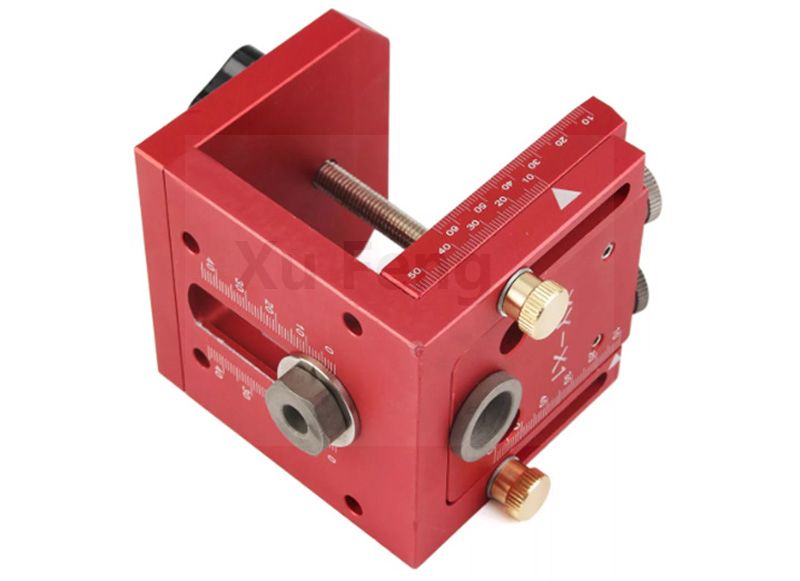
 Previous: Rapid Prototype Aluminum Parts
Previous: Rapid Prototype Aluminum Parts
 Next: custom aluminum milling
Next: custom aluminum milling